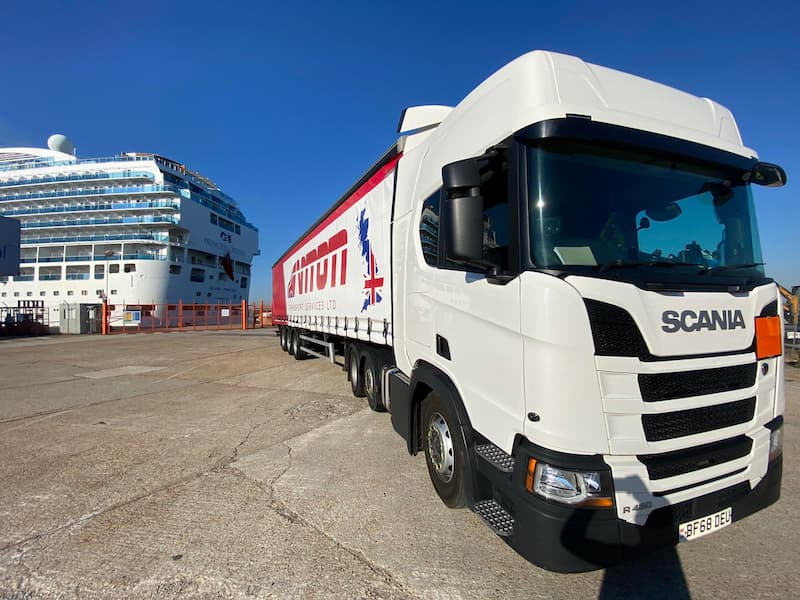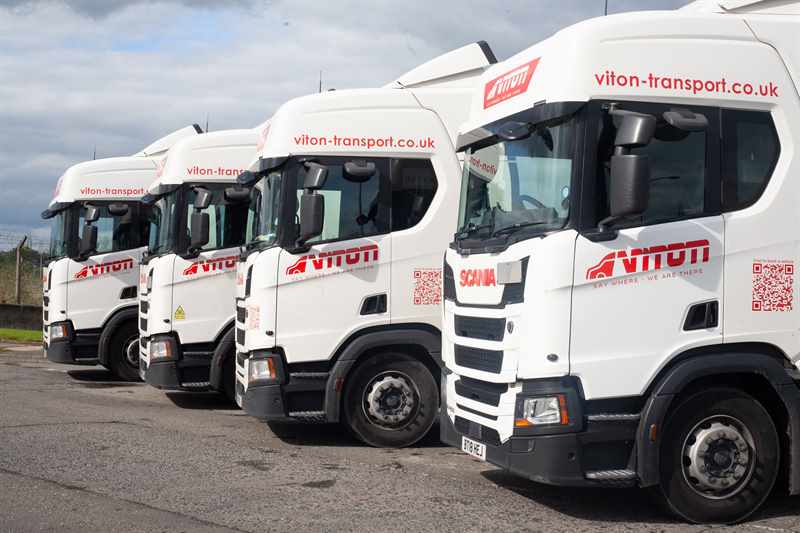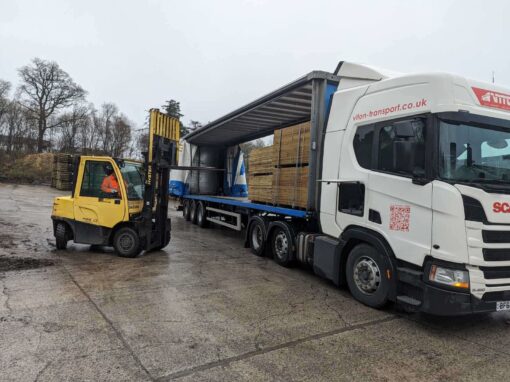Steel Transport Services
In recent years, the steel market has experienced volatility due to factors like global demand shifts, the pandemic, geopolitical events such as the Russian invasion of Ukraine, and trade disruptions like Brexit. Despite these challenges, the steel manufacturing industry has shown growth since 2021. The surge in steel prices has increased revenue for manufacturers, though it followed a period of oversupply in 2019 and 2020.
Trade wars and Brexit have disrupted UK production, leading to reduced exports and higher tariffs. Major British steel companies like British Steel and Tata Steel UK face profitability concerns, especially regarding sustainability without government support amidst high environmental and energy costs. Additionally, a sharp rise in electricity prices in 2022 has impacted energy-intensive processes like steel production. Nevertheless, the industry has experienced significant profit growth since 2021 due to record-high steel prices.


1. What factors are shaping the industry’s future?
EU safeguard measures will continue to limit foreign steel exports until at least 2024, impacting exporters amid dropping iron and steel prices. A new agreement exempts steel exports to Northern Ireland from the EU quota. Commodity prices are decreasing, affecting revenue for steel manufacturers. While lower production costs offer some relief, long-term challenges persist, necessitating ongoing government support to maintain industry viability amidst stiff competition and Brexit-related market shrinkage.
2. What is influencing demand in the industry?
Iron and steel products find extensive application across diverse industries such as construction, machinery manufacturing, fabricated metal production, automotive manufacturing, and other metal goods manufacturing. Despite the COVID-19 pandemic causing disruptions, the construction sector remains a significant consumer of iron and steel, driven by government initiatives and major projects.
Sales to machinery and equipment manufacturers have declined due to tough competition from foreign markets. Fabricated metal producers face challenges from cheap imports, impacting domestic production. The automotive sector struggles with declining output, further dampening steel sales. However, revenue from other metal goods manufacturers, such as drum producers, remains resilient due to stable demand from downstream industries like food processing.
3. Competition
Limited internal competition exists among domestic iron and steel manufacturers, who compete based on steel quality, product precision, and meeting tight delivery deadlines. However, competition from foreign manufacturers poses a significant challenge. Higher production costs in the UK compared to developing countries hinder domestic manufacturers’ ability to gain a competitive edge in global markets.
4. Trends with high impact on cost.
The COVID-19 pandemic disrupted global supply chains, impacting the steel industry. While steel producers initially benefited from soaring prices in 2021, prices have since declined, leading to challenges with higher operating costs and volatile commodity prices. High electricity costs further strain British steelmaking, potentially deterring investment. Supply chain
disruptions during the pandemic, particularly in coking coal and iron ore, affected smaller companies relying on electric arc furnaces. Despite the temporary boost in revenue and profit in 2021, the industry faces profitability challenges due to foreign competition and rising operating costs worsened by geopolitical events like the Russian invasion of Ukraine.















